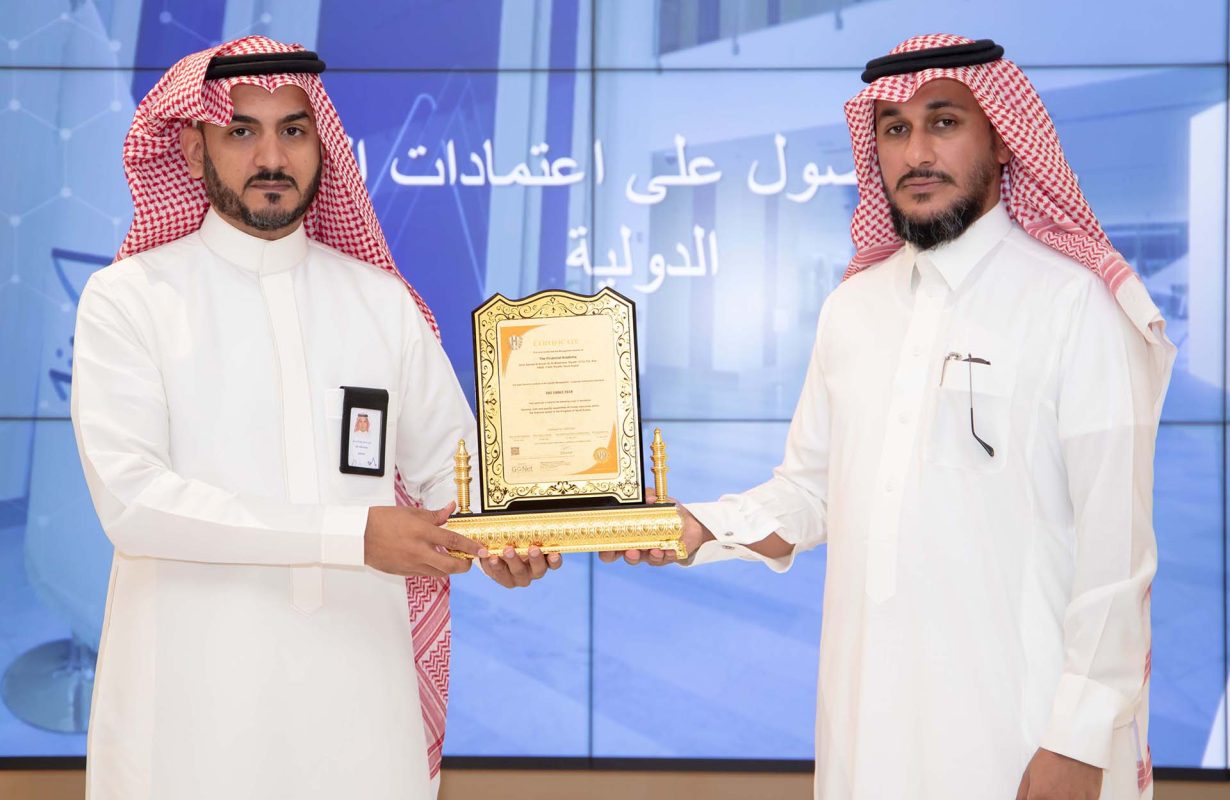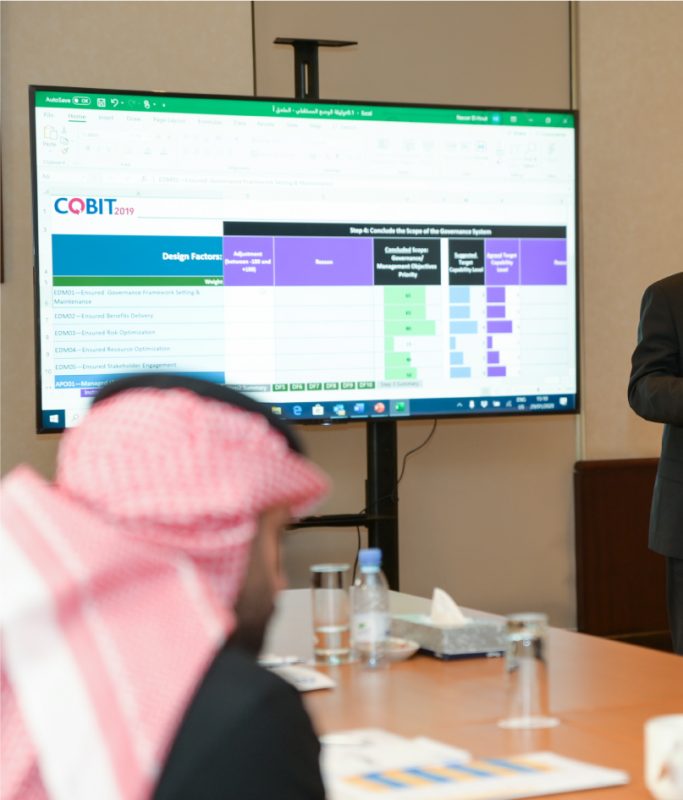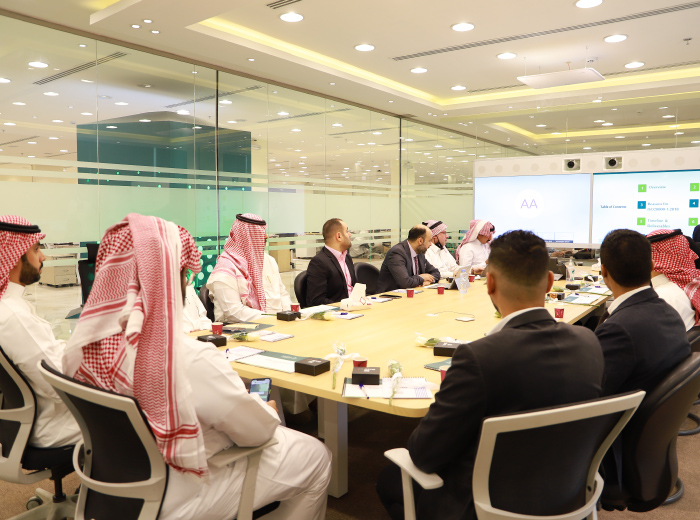Designing of Organizational Structures
Designing of Organizational Structures
The design of organizational structures contributes to determining how tasks are distributed, improving work efficiency and achieving the desired goals within the organization.
If you want to develop the efficiency of your organization's work, we are here to help you, contact us now
What is the definition of organizational structures?
An organizational chart is a graphical representation of the structure of an organization, as well as the hierarchical order of authority, responsibility, and communication within an organization.
It usually shows different levels of management, departments, teams and individual roles, and how they relate and communicate with each other.
Organizational charts take different forms, such as hierarchy, matrix, flat, and pie chart, depending on the structure and complexity of the organization, and additional information, such as job titles, names of individuals, reporting lines, and key jobs or responsibilities can also be included.

Consult now
A distinguished team of specialized experts works to provide you with a clear and concise view of the organization’s organizational structure
What are the methods for designing organizational structures?
There are several ways to design organizational structures, including:
- Functional structure: The organization is divided into departments according to its main functions, such as production, marketing, finance, and general administration.
- Polar organizational structure: where the organization is divided into poles that control main operations, such as production operations or customer services.
- Matrix organizational structure: where the organization is divided into departments according to its main functions and working teams for specific projects, and employees are under the supervision of more than one department head.
- The new organizational structure (Holacratic structure): The organization is transformed into a self-organizing system that relies on working teams to define roles and responsibilities and making decisions.
- Adhocratic structure: The organization is designed flexibly to suit ever-changing and modernizing circumstances.
- Horizontal organizational structure (Flat structure): where the traditional organizational structure is eliminated and focused on teamwork, and communication is achieved across several levels and without a clear sequence.
- Decentralized structure: where authority is delegated to lower levels of the organization to facilitate decision-making and improve efficiency.
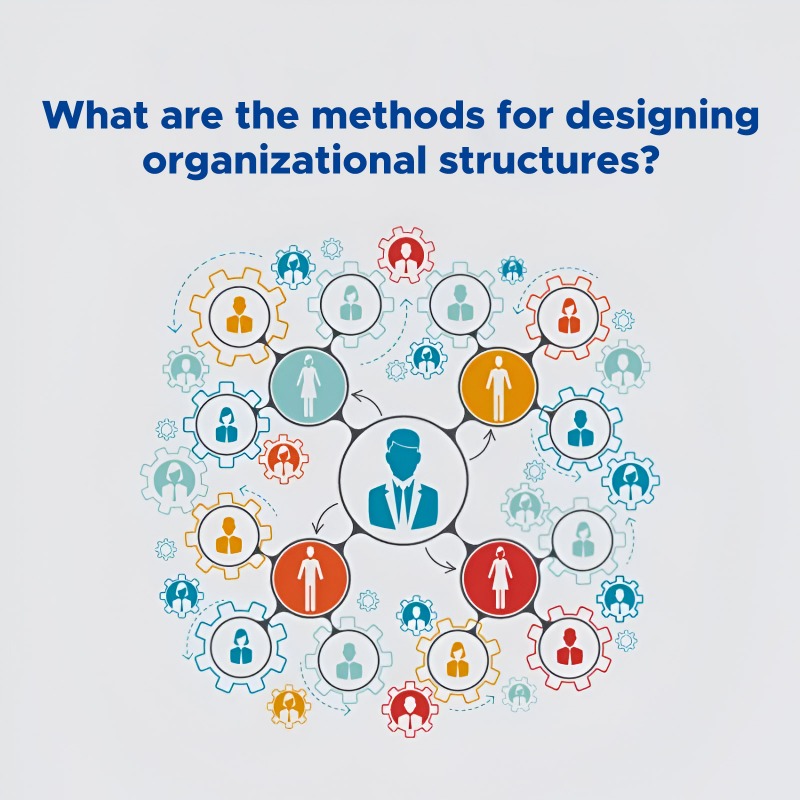
These methods can be used separately or in combination, and they may be coordinated to create an organizational structure appropriate to the requirements of the organization, its type of work, and its size. These methods can also be applied in a different way, such as changing the design of the organizational structure periodically or building an organizational structure for different units or branches within the organization.
Designing an organizational structure requires taking many factors into consideration, such as the type of work provided, tasks required, size, work style, and organizational culture.
Designing an effective organizational structure can help the organization achieves its goals and improve its efficiency and management, and this is what we provide for you
Contact our team without hesitation
What are the parameters that should be considered when designing an organizational structure?
Designing an effective organizational structure requires taking into account many factors, the most important of which are:
- Type of work and objectives: It is necessary to know the type of work provided by the organization, its objectives, and the tasks required to achieve them, in order to design an organizational structure that is compatible with the work requirements.
- Size and scope: The size of the organization, the scope of its work, and the geographical level of its work must be known to determine whether it is better to divide the organization into departments or branches or expand the scope of the business.
- Organizational culture: The organization’s organizational culture must be known and ensure that the organization’s structure is compatible with it and reflects the organization’s values and style.
- Management and Policies: The policies and procedures adopted within the organization must be known and ensure that the organizational structure is compatible with them and can be applied efficiently.
- Manpower and human resources: The available workforce, their skills and experience must be known and utilized in designing the organizational structure, it is also necessary to know the human resources available to the organization and distribute them appropriately in the organization structure.
- External environment: The external factors that affect the organization also must be known, such as technology, social changes, legislation, and existing competition in the market, and ensure that the organizational structure is consistent with these factors.
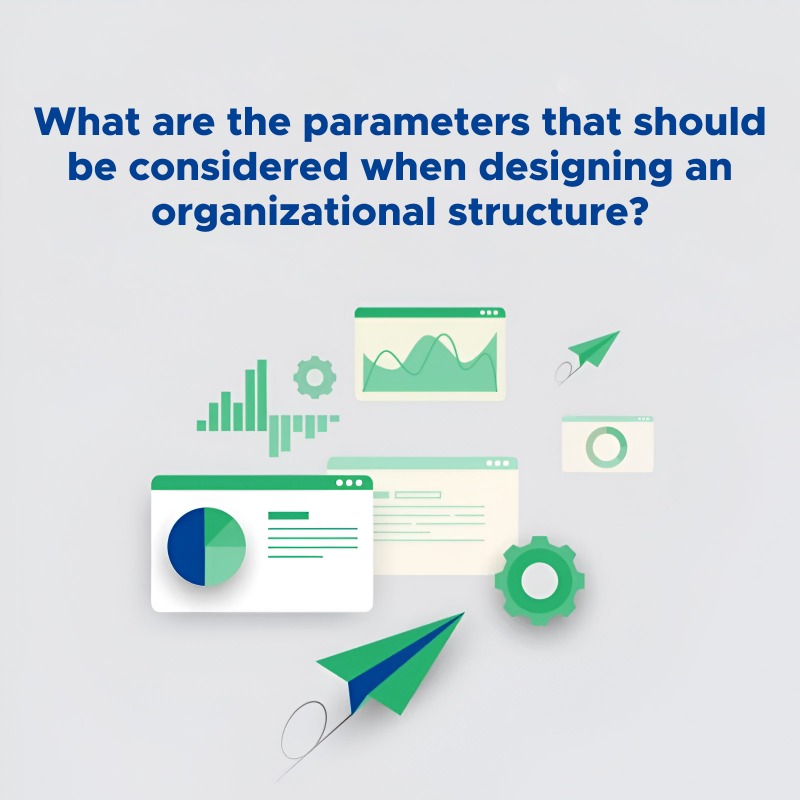
In general, these parameters and other factors related to the organization and its type of work must be taken into account when designing the organizational structure, and the design must be compatible with these parameters to ensure efficiency and effectiveness in achieving the organization’s goals.
Essential aspects to consider when designing an organizational structure
Defining roles and responsibilities
The roles and responsibilities of each team or department within the organization must be clearly and precisely defined, this helps improve efficiency and productivity and effectively achieve the organization’s goals.
Ensuring effectiveness
The organization structure must be designed in a way that reflects the effectiveness of the organization and the processes required to achieve its goals, care must be taken to avoid designing ineffective organizational structures that affect productivity, efficiency, and achieving goals.
Ensuring balance
The organizational structure must be designed to have a balance between specializations, responsibilities and authorities, and this balance must be appropriate to the type of work provided by the organization and its size.
Flexibility
The organizational structure must be designed in a way that allows flexibility and easy modification in the event of a change in the type of business, the external environment, or the size of the organization.
Integration
The organizational structure must be designed in a way that allows integration between the various branches of the organization and between internal departments and teams to improve the interface and coordination between them and achieve the main goal of the organization.
Simplicity
Care must be taken to design an organizational structure that is simple and easy to understand and apply, and to avoid complexity and excessive complexity in the organizational structure.
Continuous improvement
The continuous improvement cycle must be applied to organizational structures, in order to improve the efficiency of the organization and achieve its goals effectively.








